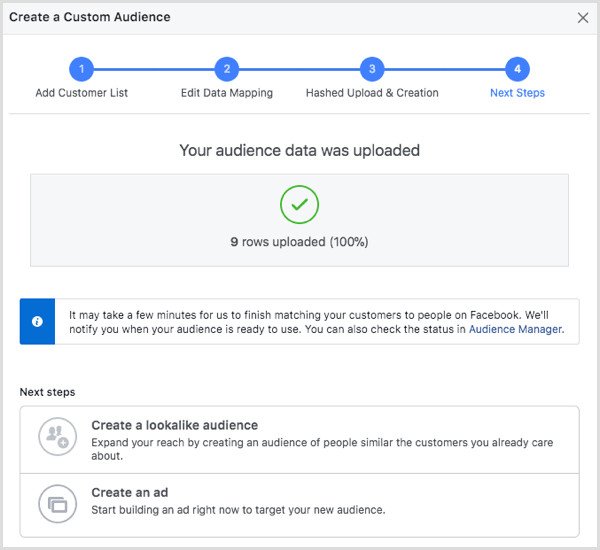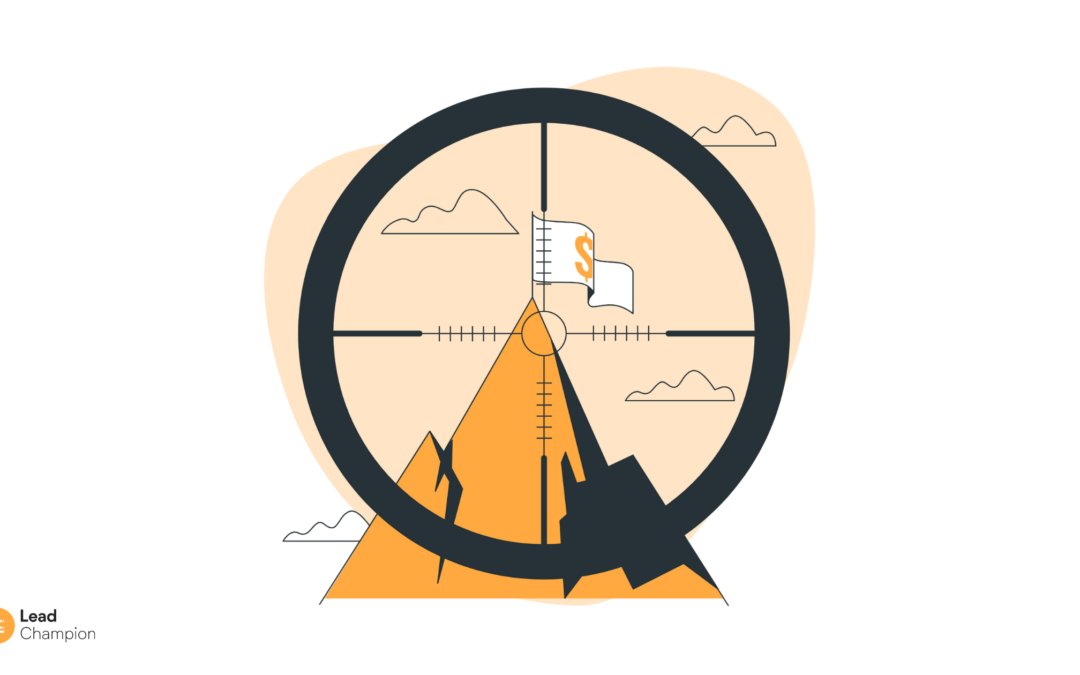The difference between B2B and B2C marketing is simple.
For example, if you sell soap, you know that your potential customer is everywhere. You just have to convince him to buy your product.
If, on the other hand, you are selling business software, it is a bit more difficult. You have to find the people who might use your product or service, and often some don’t even know that your specific solution is on the market. So you have to let your buyer know that your product or service exists, even before you start a sales cycle.
In addition to this, the B2B sales cycle requires special attention to the buyer’s journey, as the decision-making process is much more complex.
Let’s look at some useful strategies to simplify this process.
1. Follow users who are already searching for you
If you need something what is the first thing you do? An Internet search, of course. In B2B it’s no different.
When a company needs to address a need it usually turns to the search engine and looks up the solution. That means you have to choose the right keywords to position yourself on.
Every customer goes through the stages of lead generation, so an ideal path must be built from the right words in order to channel each buyer persona and follow them through each stage of lead generation.
Also consider that nearly 15% of all the queries you find on Google every day are brand new. They are queries that have never been searched for before. This means you always have to think outside the box and examine search query reports regularly.
Lead Champion discover can help you with this: in fact, our tool provides a complete analysis of your site’s traffic from your adv campaigns, showing you not only the companies that visit it, but also the keyword with which the user arrived. This way you can be sure that you have created really effective Google Ads campaigns.
In this example you can see a potential lead referred to one of our client companies. Their core business is selling HR software, through discover can find out if the leads coming in are from sponsorships.

2. Use LinkedIn
No channel compares to LinkedIn when it comes to B2B targeting on the Web. But this extraordinary targeting comes with a hefty price tag: high CPCs.
Given the high costs you need to be absolutely precise when setting up campaigns so that the ROI is as high as possible. The options LinkedIn offers for each category are:
- Company: industry, size, name, followers;
- Demographic information: age and gender;
- Education: field of study, institution, level of education;
- Work experience: job function, seniority, role, skills, years of experience;
- Personal interests: groups he/she is a member of, interests (established through actions taken on the platform or engagement with LinkedIn content).
Many use Job Titles as their main (and sometimes only) target audience. Small problem: it is the one that has the highest CPCs! Try creating custom, unique targeting combinations to reach your buyer persona at much lower CPCs.
Always consider the size of your audience: the smaller it is, the higher the CPC will be.
3. Leverage remarketing
One way not to miss out on leads during the lead generation journey is to create remarketing campaigns. These allow you to “chase” a potential customer on multiple platforms, so you can push them further and further into the funnel.
As for remarketing, the smartest choice is to run it on less expensive platforms such as google display or Facebook, since the traffic has already been profiled in the first place thanks to LinkedIn.
You can also create a remarketing campaign by uploading your customer list to Google Ads. This way the tool looks at the segments that the names in the list fall into and finds new audience segments to expand the targeting you are already using.
Finally, another way to create an effective remarketing campaign is through Lead Champion discover: it allows you to create a remarketing campaign from companies that visit the site, allowing you to create effective, targeted campaigns.
4. Test outside your Comfort Zone
No platform is perfect when it comes to targeting.
Even platforms such as LinkedIn, where in theory everything is scrupulously measured, can give sometimes less than perfect results. For example, you can enter that you want users in companies with over 100 employees and end up with contacts from companies of 2-10 employees.
There will always be gaps: the platform may not have the targeting options to support the group you choose, and because of this you will have to expand your targeting to try to reach the right people.
Stepping outside the comfort zone then allows you to feel out your audience and really understand how targeted yours is. However, this does not have to push you beyond your buyer persona. You simply should go just over the line to make sure that is exactly the right line for your business.
Start by using your targeting options more “broadly” and narrow them down bit by bit until you find the perfect target.
5. Enhance your lookalike audience
Lookalikes are the B2B marketer’s best friend.
These audience segments allow advertisers to upload the target audience for the platform.
Google, Facebook and LinkedIn all create a “persona” from the characteristics of the user group in the list and will find other people who behave similarly on the platform. In essence, they look like (look like) the audience you gave them.

Consider that this technique does not ensure you success. Think about the information you put on your socials-is it all true? Are they all complete?
Probably not.
And again, do you think all your customers are registered on social with the email you have?
That seems unlikely…
Lookalike is a great way to go beyond standard targeting options and find new users, but it is sometimes ineffective. Consider this option well before relying on it to create your entire strategy.
Find your B2B target audience
B2B audience segments are not always easy to find, but that doesn’t make it impossible.
Just follow a few small rules:
- Make sure you find the perfect buyer persona and find out their needs.
- Find them on LinkedIn and social media
- Make sure you’re getting the right traffic to your site
- Refine your targeting
- Leverage retargeting
- Enhance your lookalike strategy.
By then you will have done everything you can, and the leads will soon come!
Get new leads
from your site with
Lead Champion!
Discover the companies that visit
your products and services.
Start now your free demo
of Lead Champion discover:


